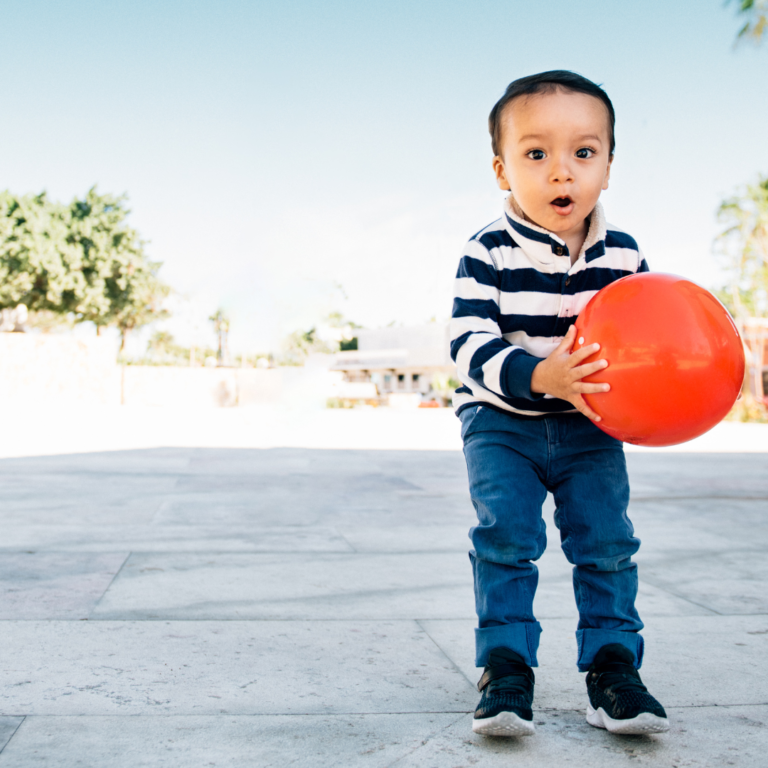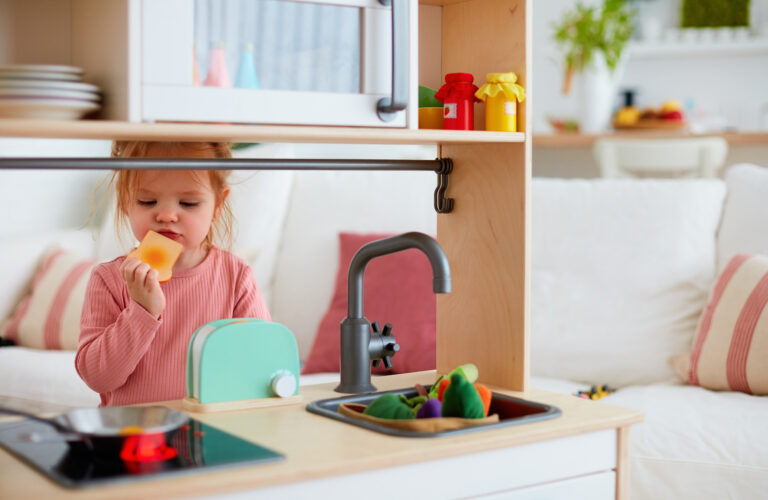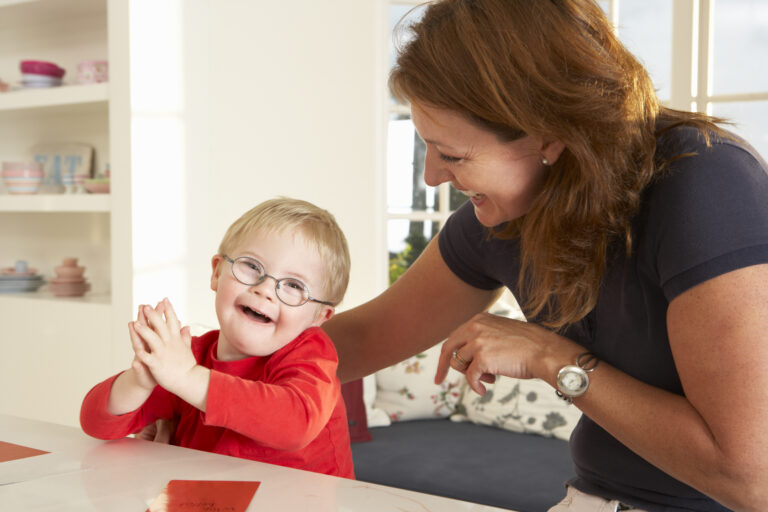Animal Walks: A Playful Way to Enhance Developmental Skills
Animal walks are not only a source of playful fun but also a highly effective exercise for children’s overall development.
These simple, imaginative movements mimic the ways animals move and allow children to engage in creative play while working on key areas of physical, cognitive, and sensory development.
Let’s explore the wide-ranging developmental benefits of animal walks, explain each movement step-by-step, and provide practical tips on how to incorporate them into your child’s daily activities.

Hi! My name is Marra and I’m a mama and a pediatric occupational therapist who has years of experience working with children with different developmental needs and helping their parents navigate the ups and downs of child development.
I loved being a support person for parents learning about child development, sensory processing, and their child’s individual needs.
Animal walks were one of my favorite activities during therapy sessions with many of the children I worked with. Not only does it work on strength, coordination, balance, and body awareness, but it is also an amazing sensory activity.
This post is all about the amazing benefits of animal walks. We will cover what animal walks are, why they are such an incredible activity to support development, and how to do some of my favorites. Let’s go!
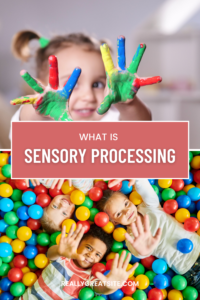
What Are Animal Walks?
Animal walks are a type of exercise where children pretend to move like different animals. These movements range from bear crawls to crab walks, frog jumps, and more.
What makes animal walks special is their ability to challenge children physically and mentally. They are great for building muscle strength and coordination and also help with body awareness and sensory processing skills.
Animal walks can be adapted for children of all ages and abilities. Whether done indoors, in a classroom, or outside at a park, these activities provide a playful and purposeful way for kids to develop essential skills and all they need is their body!
Developmental Benefits of Animal Walks for Children
Gross Motor Development
Gross motor skills refer to the movement of large muscle groups. Animal walks are particularly effective for strengthening the muscles in the arms, legs, core, and back.
Movements such as the bear crawl and crab walk engage the entire body, making them great for overall strength and endurance.
These exercises promote better posture, improve balance, and develop stability, which are all foundational skills for other physical activities like running, climbing, and sports.
For example, the bear walk involves supporting the body with both hands and feet, strengthening the shoulders, arms, and legs.
This type of movement builds muscular endurance, which helps children sit upright, walk with better posture, and perform everyday tasks with ease.
Coordination and Motor Planning
Animal walks require children to use both sides of their bodies in a coordinated way, enhancing bilateral coordination (the ability to use both sides simultaneously).
Additionally, these activities improve motor planning, which is the brain’s ability to send the correct movement signals to the body.
Kids must think about how they’ll move their arms and legs to imitate each animal’s gait, boosting cognitive function and physical coordination.
For instance, the crab walk helps children practice coordinating their upper and lower body movements simultaneously. They must use their arms to lift their body off the ground while moving their legs, which builds both strength and body awareness.
Sensory Processing and Regulation
Proprioceptive input, which involves awareness of the body’s position in space, is a key part of sensory processing.
Animal walks provide deep pressure input through the joints and muscles, which can be calming and organizing for the nervous system.
This is especially important for children who experience sensory processing difficulties, as it helps them better regulate their bodies.
Additionally, some animal walks offer vestibular input (related to the sense of balance), which further supports sensory processing.
The rhythmic, repetitive movements of an inchworm walk or penguin waddle engage the vestibular system, improving balance and spatial orientation.

Cognitive Development and Focus
Animal walks don’t just work the body; they also engage the brain. Children must pay attention to how animals move and then plan and sequence their own movements to imitate them.
This process enhances executive functioning, which includes skills like attention, working memory, and impulse control.
Engaging in these activities can boost a child’s ability to focus and complete tasks, making it especially beneficial for kids with ADHD or other attention difficulties.
For example, children performing a frog jump need to squat, coordinate their arms and legs, and propel themselves forward—all while maintaining balance and control. These exercises challenge cognitive function, improving a child’s problem-solving abilities.
Fine Motor Skills
Many animal walks require children to bear weight on their hands, which strengthens the muscles in the wrists, fingers, and hands as well as strengthen their core muscles.
This weight-bearing activity is crucial for the development of fine motor skills, which are necessary for tasks like handwriting, using utensils, buttoning clothes, and tying shoes.
The donkey kick is a great example of an animal walk that engages the hands and arms in a weight-bearing activity while also strengthening the core and lower body.
Social and Emotional Development
When children engage in animal walks, they often do so as part of group play or therapy sessions. This interaction fosters cooperation, turn-taking, and problem-solving within a social context.
Mimicking animals can also boost a child’s self-confidence, as they feel accomplished when they successfully perform each movement. For children with anxiety or self-regulation issues, animal walks can provide a fun, calming outlet for energy.
Additionally, when done in pairs or small groups, animal walks encourage teamwork and peer interaction. Children can race each other in a friendly competition or take turns calling out which animal to imitate, fostering social skills like leadership and collaboration.

How to Do Animal Walks with Kids – Step-by-Step Instructions
Below are some of my favorite animal walks and how to do them. There is no right or wrong way, they point is to move your body in different ways. You and your little one can even be creative and make up your own animal walks!
Bear Walk
How to Do It:
- Get down on all fours with both your hands and feet on the ground.
- Keep your hips raised and your legs straight.
- Move one hand and the opposite foot forward simultaneously, keeping your arms and legs steady.
- Continue “walking” forward, mimicking a bear’s gait.
Benefits: Strengthens the upper and lower body, improves coordination, and enhances core stability.
Crab Walk
How to Do It:
- Sit on the floor with your feet flat and hands behind your back, fingers pointing toward your feet.
- Lift your body off the ground using your hands and feet.
- Move forward, backward, or sideways by shifting your weight between your hands and feet.
Benefits: Builds upper body and core strength, improves coordination, and develops motor planning.
Frog Jumps
How to Do It:
- Squat down with your knees bent and your hands touching the floor.
- Push off the ground with both feet and jump forward.
- Land softly, keeping your hands on the ground, and repeat.
Benefits: Improves leg strength, balance, and motor sequencing.
Donkey Kicks
How to Do It:
- Start in a hands-and-knees position.
- Keeping your arms straight, kick both legs into the air behind you, resembling a donkey’s kick.
- Land gently back on your knees and repeat.
Benefits: Strengthens core, arms, and legs while improving coordination and balance.
Inchworm Walk
How to Do It:
- Start in a standing position.
- Bend at the waist and walk your hands forward until your body is in a plank position.
- Walk your feet forward toward your hands, then repeat the sequence.
Benefits: Stretches hamstrings, builds core and shoulder strength, and improves flexibility.
Elephant Walk
How to Do It:
- Stand up tall with your arms hanging in front of you like an elephant’s trunk.
- Swing your arms from side to side as you take slow, heavy steps forward.
- Keep your body swaying gently to mimic the movement of an elephant.
Benefits: Enhances body awareness, coordination, and balance.
Penguin Waddle
How to Do It:
- Keep your feet close together, arms at your sides.
- Stick out your chest and waddle side to side while keeping your knees slightly bent.
- Take small, waddling steps forward.
Benefits: Improves balance, lower body strength, and motor coordination.
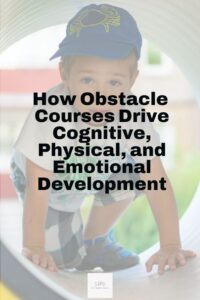
Tips for Incorporating Animal Walks into Daily Routines
- Create an Animal Walk Obstacle Course
Set up an obstacle course in your living room or backyard and incorporate different animal walks into the course. Have your child move like a bear through a tunnel, hop like a frog over cushions, and crab-walk under tables. This not only makes the activity more engaging but also challenges their motor skills and creativity.
- Animal Walk Relays and Races
Turn animal walks into a friendly competition by organizing relay races with family members or friends. Set a start and finish line, and have children race using a specific animal walk. This adds an element of excitement while promoting endurance, coordination, and teamwork.
- Themed Animal Walk Days
Designate certain days for specific animal walks. For example, “Bear Walk Monday” or “Frog Jump Friday.” Use this as a warm-up exercise or a fun way to break up screen time and get kids moving during the day.
- Use Animal Walks as Sensory Breaks
If your child has trouble focusing during homework or chores, introduce animal walks as a fun sensory break. A few minutes of bear walks or crab walks can help reset their focus, release pent-up energy, and provide calming proprioceptive input.
5. Story Time with Animal Walks
Make story time interactive by incorporating animal walks into the narrative. If you’re reading a book about animals, ask your child to act out the movements of each animal as you read the story. This fosters imagination and keeps them physically engaged while listening.
- Incorporate into Therapy Sessions
For children receiving occupational or physical therapy, animal walks can be integrated into therapy sessions to target specific motor and sensory goals. They are a fun and motivating way for children to work on strength, coordination, and sensory regulation.
Animal walks are a dynamic and engaging way for children to develop essential physical, cognitive, and social-emotional skills.
These playful movements promote strength, coordination, sensory processing, and even executive functioning, all while allowing kids to have fun and explore their creativity.
By incorporating animal walks into your child’s daily routine, you’ll help them build foundational skills for both their body and mind.
Try adding these exercises to your next play session, and watch your child leap, crawl, and hop their way to stronger development!



